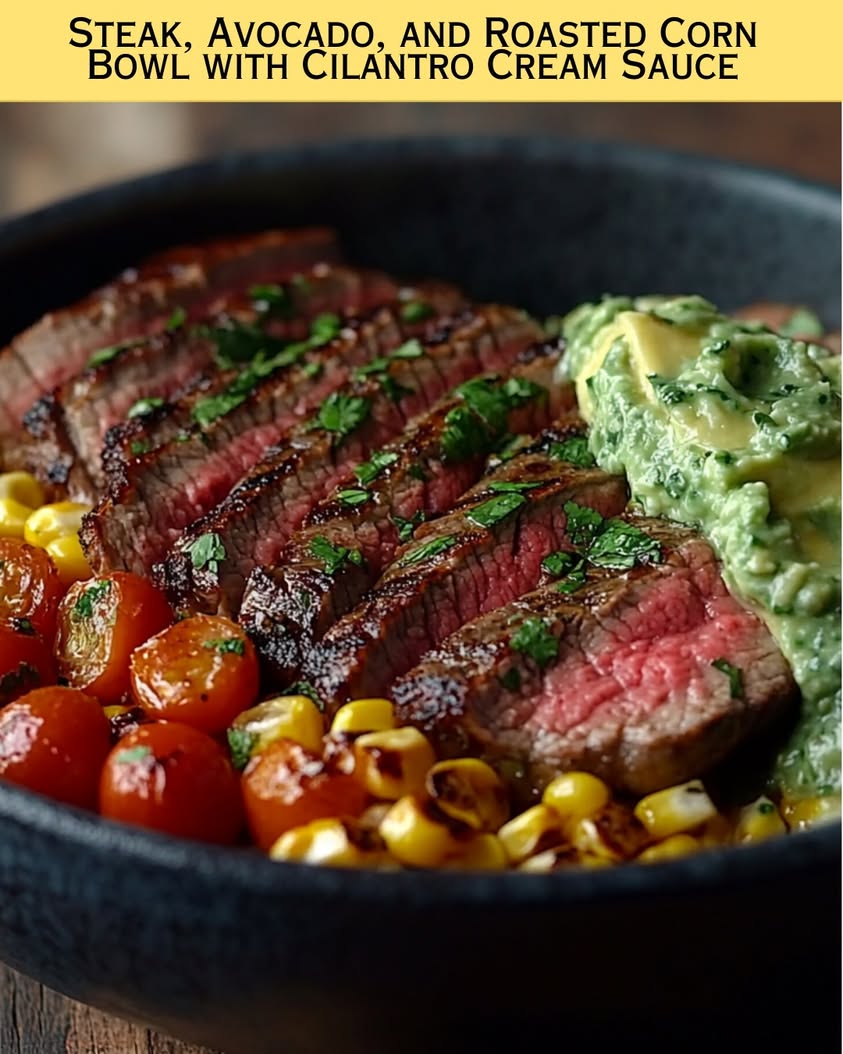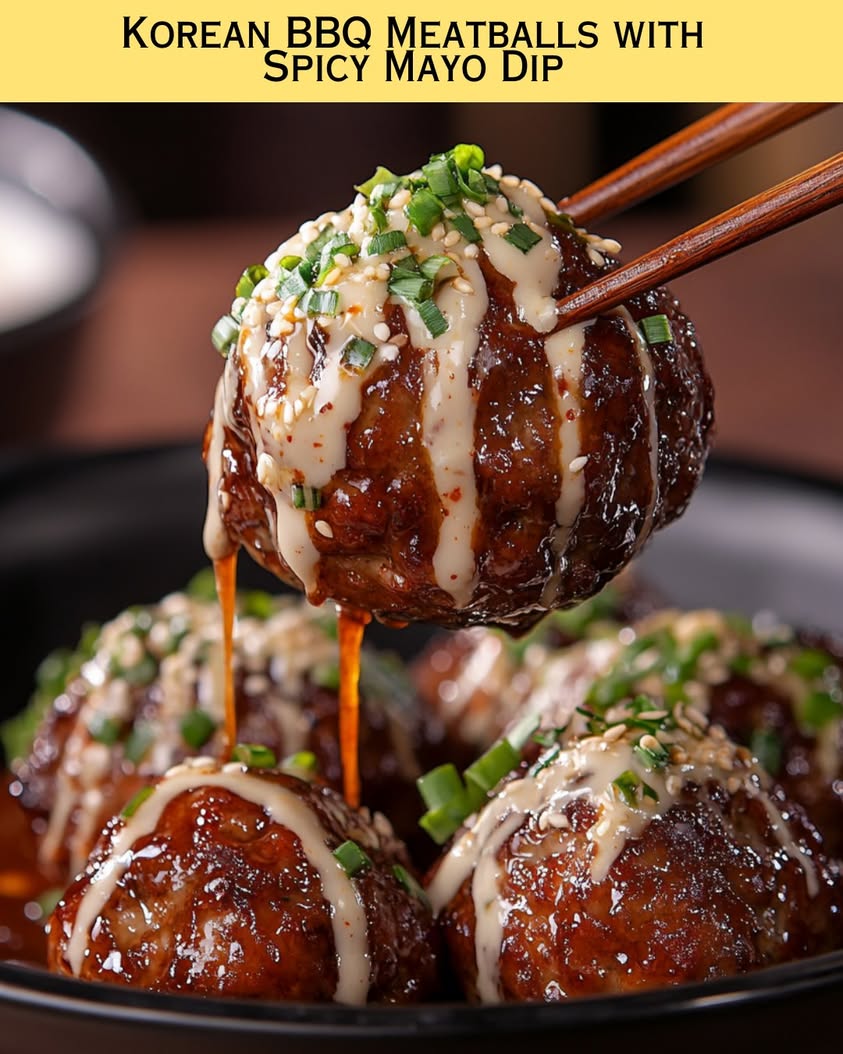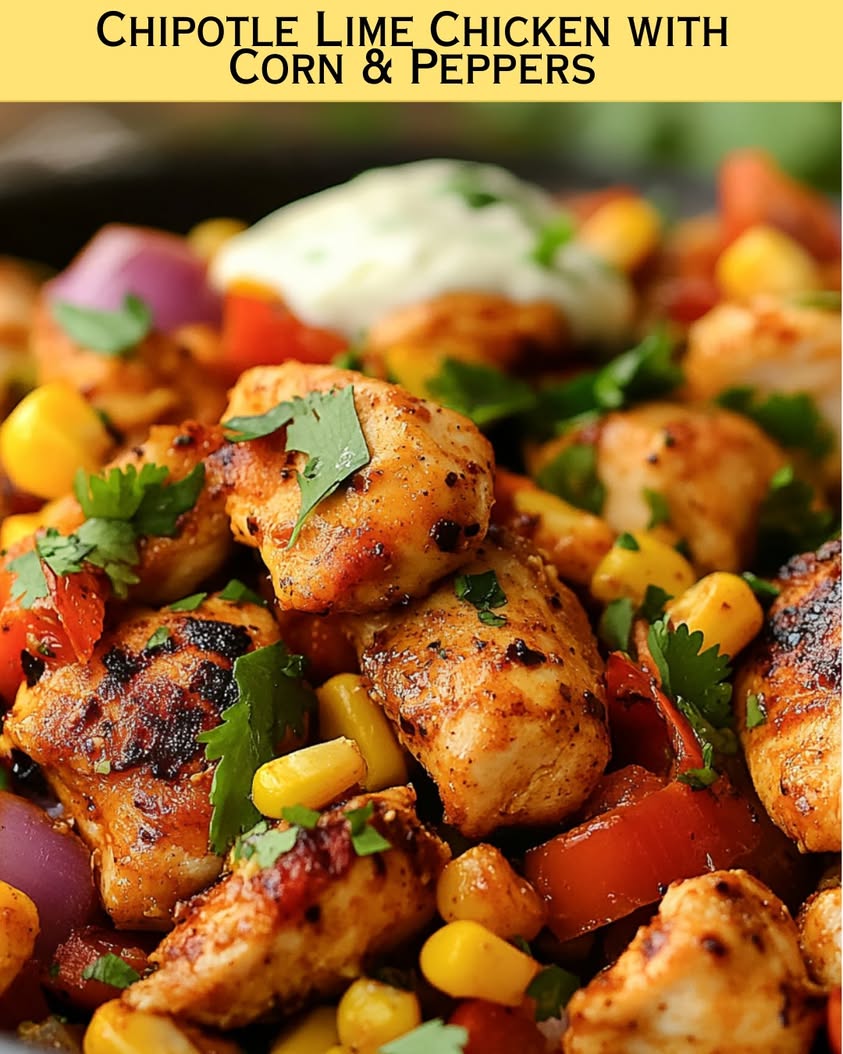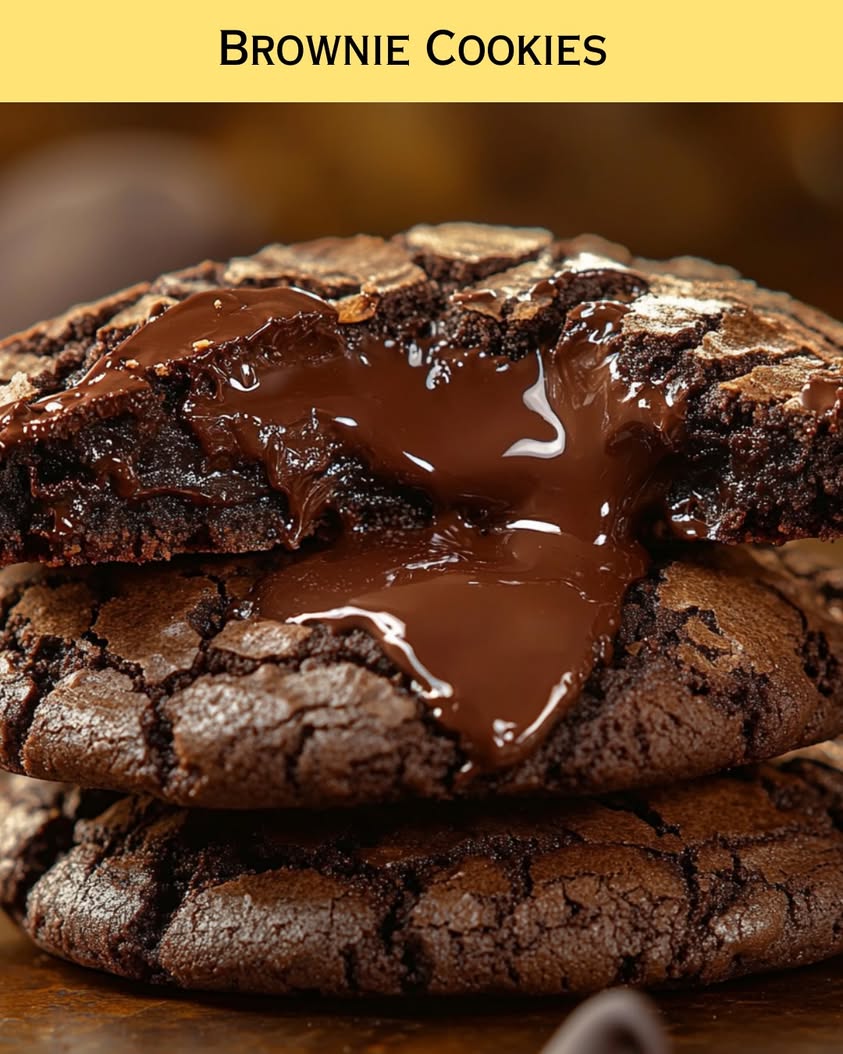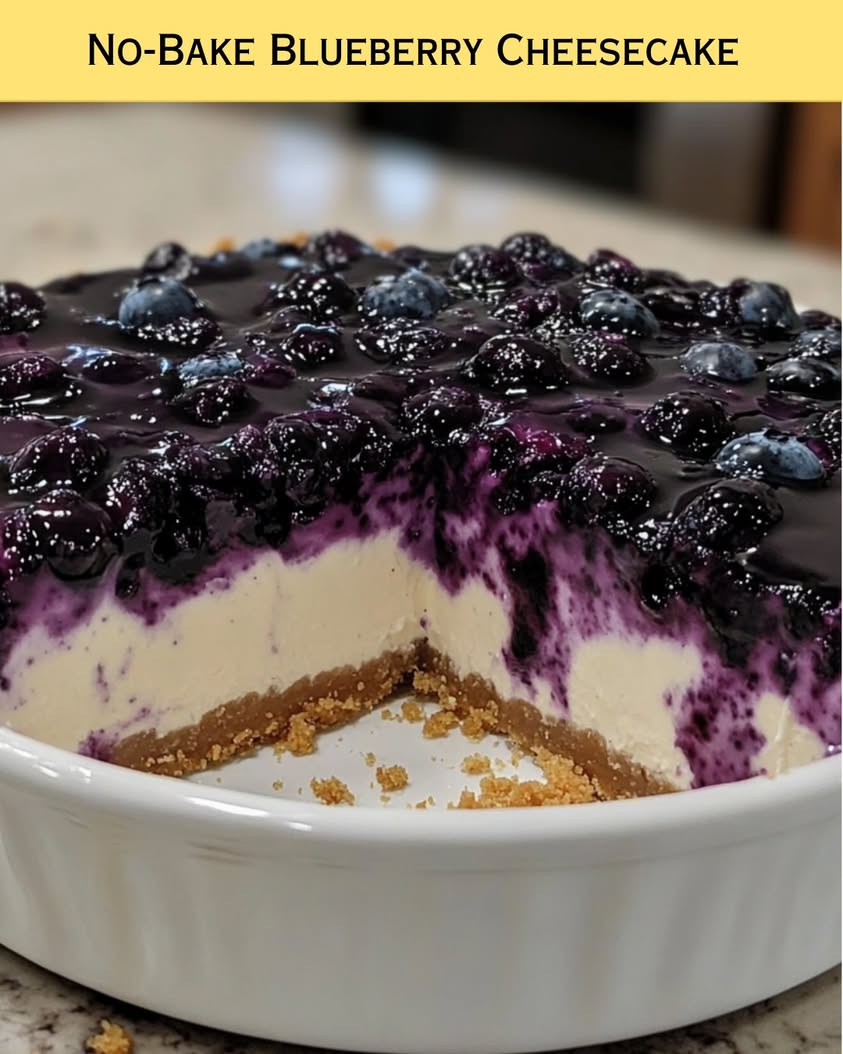Steak, Avocado, and Roasted Corn Bowl with Cilantro Cream Sauce: A Deliciously Fresh Delight
Introducing the delectable Steak, Avocado, and Roasted Corn Bowl with Cilantro Cream Sauce, a beautiful medley of flavors that will tantalize your taste buds. This recipe combines juicy steak, creamy avocado, and sweet roasted corn, all topped with a rich cilantro cream sauce that provides a delightful kick. Perfect for a quick weeknight dinner or a weekend meal with friends, this bowl brings together fresh ingredients that are not just good for you but also absolutely delicious.
Imagine sinking your fork into tender pieces of steak, surrounded by vibrant colors and textures from fresh vegetables and grains. Each bite is a burst of flavor, with the earthiness of the roasted corn balancing the richness of avocado and the zest from the cilantro cream. Whether you’re preparing it for a cozy night at home or for a gathering, this bowl is sure to impress any crowd with its appealing sight and satisfying flavors.
Quick Recipe Highlights
- Flavor Profile: This recipe features a harmonious blend of savory, sweet, and zesty flavors, creating a well-rounded bowl that satisfies different taste preferences.
- Texture: The smoothness of avocado, the tenderness of steak, and the crunch of corn add exciting contrasts, making each bite enjoyable.
- Aroma: The cilantro cream sauce infuses a fresh aroma that enhances the natural scents of grilled steak and roasted corn.
- Visual Appeal: The colorful ingredients create a vibrant presentation that is as appetizing to the eyes as it is to the palate.
- Skill Level Needed: This recipe requires basic cooking skills such as grilling and mixing, making it accessible for cooks of all levels.
- Special Equipment: A grill or skillet for cooking the steak, and a blender or food processor for the cilantro cream sauce are essential.
Recipe Overview
- Difficulty Level: The medium difficulty level of this recipe comes from grilling the steak to perfection and blending the cilantro cream sauce; however, the steps are straightforward and manageable.
- Category: This dish falls under the category of bowls, which are a popular trend in healthy, balanced meal options, ideal for lunch or dinner.
- Cuisine: The ingredients reflect a Southwestern influence, with traditional staples like avocado and cilantro shining in this refreshing combination.
- Cost: This recipe is budget-friendly, with the main ingredients widely available and not overly expensive, making it accessible for most households.
- Season: You can enjoy this dish spring through summer, when avocados and fresh corn are at their peak ripeness, ensuring optimal flavor.
- Occasion: Ideal for casual gatherings, picnics, or meal prep, this bowl caters to various occasions, serving as a nutritious option that delights.
Why You’ll Love This Recipe
This Steak, Avocado, and Roasted Corn Bowl combines incredible flavors and textures, making it a standout dish that will quickly become a favorite. The grilled steak offers a savory depth, perfectly complemented by the creamy avocado. It’s a healthy dish packed with proteins, healthy fats, and vibrant vegetables, delivering nutritional benefits without compromising on taste. Moreover, it’s a convenient recipe that can be prepared in under 40 minutes, allowing busy individuals and families to enjoy a wholesome meal without spending hours in the kitchen.
Not only does this bowl provide a delicious and satisfying taste, but it’s also a visually appealing meal. The variety of colors from the ingredients creates an inviting plate that makes it perfect for entertaining guests. Furthermore, this recipe showcases simplicity in preparation; the ingredient assembly allows flexibility for customization. You can easily add any favorite toppings or adjust the seasonings to suit your palate, ensuring that every serving is unique.
Moreover, the nutritional advantages of this bowl should not be overlooked. Packed with protein from the steak and healthy fats from the avocado, it supports a balanced diet aimed at maintaining weight or enhancing fitness. The vitamins and minerals from fresh vegetables bolster the dish, making it a smart choice for health-conscious eaters.
This recipe is also a great choice when entertaining. The convenience of a bowl-style meal invites guests to personalize their servings, which can spark lively conversation and encourage sharing. It adds a casual flair to dining experiences, consistently leaving guests feeling satisfied and happy. Finally, with the cost-effectiveness of fresh ingredients, you’re able to serve an impressive dish without breaking the bank.
Historical Background and Cultural Significance
The origins of dishes like this Steak, Avocado, and Roasted Corn Bowl can often be traced back to the early culinary cultures of the Southwestern United States, where local ingredients like corn and avocados were staples in traditional diets. Over time, various influences shaped these ingredients into versatile meals, bringing together a fusion of flavors reflecting the diverse backgrounds of the community.
Culturally, avocados have been revered for centuries, enjoyed for their richness and health benefits. They became a symbol of freshness and vitality in many cuisines, providing not just taste but significant nutrition. With the rise of health trends in recent years, dishes featuring avocados gained notoriety and popularity, making them a go-to ingredient for healthy eaters.
The evolution of the recipe showcases how traditional ingredients can be modernized and adapted. As culinary arts progressed, recipes evolved, embracing more contemporary cooking techniques while keeping the essence of the flavors intact. The combination of roasted corn and steak embodies this evolution, with grilling becoming a favored method to enhance the flavor of meats.
Regional variations are common as well. Many adaptations of the bowl exist, reflecting local ingredients or personal tastes. For instance, adding beans or varying the spices can result in entirely different versions, which reinforces the versatile nature of this dish and highlights the creativity of home cooks everywhere.
Ingredient Deep Dive
Steak: Steak is a cut of meat prized for its flavor and tenderness. Its cultural significance varies worldwide, often associated with celebration or hearty meals. Steak is a rich source of protein, iron, and B vitamins, essential for energy production. When selecting steak, look for cuts with marbling, as this fat enhances flavor during cooking. It’s best to store in the refrigerator and can be frozen to extend its shelf life.
Avocado: The avocado is often dubbed a superfood for its health benefits, including high levels of healthy fats and fiber. Historically significant in Mesoamerican cuisine, avocados were considered a delicacy, widely consumed for their creamy texture and nutritional properties. When selecting avocados, opt for those that yield slightly to gentle pressure, indicating ripeness. Store avocados at room temperature until ripe, and refrigerate to prolong freshness further.
Common Mistakes to Avoid
- Overcooking the steak: This can lead to a tough texture; always use a meat thermometer.
- Ignoring seasoning: A well-seasoned steak is essential; don’t skip this step for flavor enhancement.
- Choosing unripe avocados: Unripe avocados won’t taste creamy or flavorful; ensure they are ripe for the best texture.
- Underestimating the cooking time for corn: Ensure it’s adequately roasted to bring out sweetness, enhancing the dish’s overall flavor.
- Slicing steak against the grain: This can lead to a tougher chew; slicing properly maximizes tenderness.
- Using overly cold ingredients: Allow meat and avocados to reach room temperature for even cooking and flavor fusion.
- Overloading the bowl: Too many ingredients can clash in flavor; balance is key for a harmonious dish.
- Skipping the marinade: Marinating steak aids in flavor and tenderness; don’t overlook this crucial step.
- Not incorporating acidity: Including lime or lemon can elevate flavors; don’t forget this vibrant boost.
- Forgetting to taste: Always taste while preparing to adjust seasonings as needed.
Essential Techniques
Grilling Steak: Grilling is crucial for achieving that flavorful char and smoky profile beloved in steak dishes. Master it by preheating your grill and oiling the grates to prevent sticking. Look for deep golden-brown grill marks as a visual cue of success.
Making Cilantro Cream Sauce: This technique adds a creamy layer of flavor, using fresh cilantro to elevate the dish. Blend all ingredients until smooth, and adjust the consistency with a little water or cream. Tasting throughout the process ensures a balanced final flavor.
Pro Tips for Perfect Steak, Avocado, and Roasted Corn Bowl
1. Use a meat thermometer to check for doneness; 130°F is perfect for medium-rare steak. This guarantees the right texture and flavor.
2. Allow steak to rest after cooking; this redistributes juices, ensuring a moist bite.
3. Grill corn until slightly charred to enhance the sweetness and smoky flavor—it’s a game changer!
4. drizzle lime juice over the finished bowl for a refreshing twist that complements the savory ingredients.
5. Experiment with different herbs in the cream sauce for varying flavors and surprises!
6. Use leftover steak in salads or sandwiches for versatile meal ideas all week long.
7. Adjust the cream sauce for thickness based on preference; adding more or less liquid creates a unique experience each time.
8. To elevate your presentation, layer the bowl intentionally, showcasing each ingredient’s colors.
Variations and Adaptations
Regional Variations: Different regions may play with this bowl’s concept, such as variations with carne asada or pulled pork, showcasing regional meats and flavor profiles.
Seasonal Adaptations: In winter, consider adding roasted sweet potatoes for warmth, while summertime allows for lighter, fresher herb-infused options.
Dietary Modifications: For those who prefer plant-based meals, swap steak for grilled mushrooms or tempeh, offering a savory alternatives while retaining this dish’s essence.
Flavor Variations: Explore different spice blends to change up the flavor profile; consider adding chipotle for smokiness or a sprinkle of za’atar for a Middle Eastern twist.
Texture Modifications: Incorporate crunchy toppings, like crushed tortilla chips or toasted nuts, to add exciting texture contrasts.
Presentation Alternatives: Serve in individual-themed bowls or plates for a festive touch at gatherings, allowing guests to customize their servings.
Serving and Presentation Guide
When plating your Steak, Avocado, and Roasted Corn Bowl, use shallow bowls or stylish plates to showcase the colorful ingredients. Consider arranging the steak, avocado, and corn in distinct sections for an organized and enticing presentation. A sprinkle of chopped cilantro on top adds an attractive finishing touch, while lime wedges can be placed at the side for guests to squeeze over their meal.
You can also elevate the dish by drizzling a bit of the creamy cilantro sauce over the top. Traditional accompaniments, like warm tortillas or crunchy tortilla chips, can be served on the side, enhancing the overall dining experience. Serve the bowls at room temperature to bring out the flavors of all ingredients, while controlling portions can be easily managed by offering individual servings.
Wine and Beverage Pairing
When pairing wines with this dish, consider a bright, fruity Pinot Noir that balances the richness of the steak while complementing the freshness of the avocado. Alternatively, a chilled Sauvignon Blanc offers a crisp contrast, enhancing the flavors of the cilantro cream and roasted corn.
If you’re looking for non-alcoholic alternatives, consider pairing it with a refreshing options like iced herbal tea or a sparkling water infused with citrus fruits. For those who enjoy coffee, try serving a light roast or an espresso to accentuate the dish’s rich flavors. Temperature matters here, so ensure any wines served are at ideal temperatures to optimize the tasting experience.
Storage and Shelf Life
Storage for this dish should involve airtight containers kept in the refrigerator for up to three days, which preserves the quality. Keep the cilantro cream sauce separate to maintain freshness until ready to serve. Proper temperature control is essential; the dish should be consumed within this time frame to avoid spoilage.
Signs of spoilage can include off-smells from the steak, discoloration of the avocado, or separation in the sauce. For reheating, ensure that the steak is warmed gradually to avoid toughening. The corn and avocado do not freeze well, but you can freeze the cilantro sauce for about a month, allowing for quick meal additions later on.
Make Ahead Strategies
To streamline the cooking process, prepare the cilantro cream sauce a day in advance, allowing the flavors to meld. You can also marinate the steak overnight; this enhances tenderness and flavor. Cook the corn and steak shortly before serving, but you can keep cooked corn warm in a covered dish to maintain a pleasing temperature.
As for forming the bowl, chop and store avocado and other veggies in separate containers to maintain freshness, assembling just before enjoying the meal. If you’re making this for meal prep, keep each ingredient separate until ready to serve to preserve textures and freshness.
Scaling Instructions
If you’re looking to halve the recipe, simply adjust the quantities of the steak, avocado, corn, and sauce accordingly, though the marinating time should remain the same for the best flavor. Doubling or tripling the recipe is easy; just ensure you have a large enough grill space and skillets. Watch the cooking times closely, as larger quantities might require slightly more time on the grill or stovetop.
Always taste as you go when scaling up; additional seasoning may be needed. When storing leftovers, divide them into meal-sized portions for convenience. Keeping ingredients separated will help maintain their integrity during storage.
Nutritional Deep Dive
This Steak, Avocado, and Roasted Corn Bowl delivers a solid macro breakdown, providing protein from the steak, healthy fats from the avocado, and carbohydrates from the corn. The protein content plays a crucial role in muscle repair and immune function, while the healthy fats found in avocados help in nutrient absorption and skin health.
Micronutrient analysis reveals a treasure trove of essential vitamins and minerals: iron and B vitamins from the steak, potassium from avocados, and fiber from corn support overall health. For those managing their portions, this bowl serves as an excellent guide—balancing components to ensure a fulfilling yet nutritious meal, ideal for maintaining energy throughout the day.
Dietary Adaptations
This recipe has flexibility to cater to various dietary requirements. For gluten-free diets, all ingredients naturally comply, ensuring everyone can enjoy. Dairy-free variations are achievable by substituting the cream sauce with a cashew-based alternative.
For vegan adaptations, replace steak with grilled tempeh or mushrooms, while using a vegan yogurt for the creamy sauce. Low-carb diets can opt for minimal corn but include more leafy greens, while keto dieters might swap out corn for extra avocado and incorporate full-fat ingredients in the sauce in place of yogurt.
Paleo enthusiasts can enjoy this bowl by removing the cream sauce entirely or utilizing coconut cream as a substitute, while Low-FODMAP consumers should watch for specific ingredients in the sauce—a simple omission or replacement can keep the bowl suitable.
Troubleshooting Guide
If you experience texture issues, ensure the steak is cooked properly and rested before slicing. If the steak is overcooked, use a marinade next time to enhance moisture. Flavor balance is crucial; if it’s too bland, adjust seasonings mid-preparation and taste early on to correct any imbalance.
Temperature problems can arise; avoid extreme heat that toughens steak—adjust grill temperature, ensuring even cooking. Challenges with equipment can occur if your grill isn’t preheated, so ensure it’s at the right temp before cooking. For ingredient substitutions, research flavor profiles ahead of time to maintain dish integrity.
Recipe Success Stories
Our community has shared their experiences with the recipe, highlighting how adding grilled vegetables transformed it into a summer favorite. Readers have suggested using different proteins—chicken and shrimp were popular alternatives—illustrating the dish’s versatility. The fresh, vibrant flavors have left many in awe of how simple ingredients can create such ingenuity.
Photographic success has been a focal point as well; many have delighted in capturing the colorful bowls for social media, proving the dish is not just a treat for the palate but also an eye-catching showpiece. Sharing feedback with variations based on local ingredients has generated delightful community interaction, enriching the recipe’s history with personal touches and regional influences.
Frequently Asked Questions
Can I substitute the steak with chicken? Absolutely! Grilled chicken works beautifully in this bowl and can maintain the essence of the dish. Simply adjust cooking times based on thickness.
What can I use instead of cilantro for the sauce? If you’re not a fan of cilantro, fresh parsley or even basil can provide a unique twist to the sauce!
Is this recipe suitable for meal prep? Yes, it holds up well for meal prep. Just keep the components separate until ready to mix!
How do I pick ripe avocados? Look for avocados that yield slightly to pressure; they should feel just soft without being overly mushy.
Can I grill corn on the cob for this? Yes! Corn on the cob can be grilled and then cut off for delightful sweetness.
How long can this bowl be stored in the fridge? It’s best consumed within three days for optimal freshness, particularly the avocado.
Can I make the sauce ahead of time? Definitely! The sauce tastes even better after it sits in the fridge for a while, allowing the flavors to develop.
What herbs can I use besides cilantro? You can experiment with chives, dill, or even mint for fresh alternative flavors!
Can I freeze leftovers? While the steak can freeze, avoid freezing the avocado as it alters the texture; consider using it promptly.
Is this dish kid-friendly? Yes! The flavors are approachable, and the ingredients can be customized to suit individual tastes.
Additional Resources
For those looking to explore more with this dish, check out related recipes that utilize similar vibrant ingredients. Techniques for grilling and sauce-making can deepen your understanding and enjoyment of cooking, while ingredient guides can enhance your selection for the freshest produce possible.
Further, equipment recommendations for grilling or food processing can assist both novice and experienced cooks in achieving the best results. Seasonal variations can inspire creativity, encouraging visitors to adapt recipes throughout the year!
Join the Conversation
We would love to see your beautiful bowls! Share your culinary creations on social media and inspire others. Connect with fellow readers to exchange tips, share modification ideas, and post feedback—the interactive community is here to celebrate your cooking successes together!
The Recipe
Steak, Avocado, and Roasted Corn Bowl with Cilantro Cream Sauce
Serves: 4
Prep Time: 15 mins
Cook Time: 20 mins
Total Time: 35 mins
Kitchen Equipment Needed
- Grill or skillet
- Blender or food processor
- Medium bowls for ingredient preparation
Ingredients
- 1 pound flank steak
- 2 ripe avocados
- 2 ears of corn, husked
- 1 cup chopped cilantro
- 1 cup sour cream or yogurt
- Juice of 2 limes
- Salt and pepper, to taste
- Olive oil, for grilling
Directions
- Preheat grill over medium-high heat, coated with olive oil.
- Season flank steak with salt and pepper, then marinate with half the lime juice and half the cilantro for 30 minutes.
- Grill the steak for about 5-7 minutes on each side or until desired doneness, allowing it to rest.
- Meanwhile, grill the corn until lightly charred. Let cool and cut kernels off the cob.
- In a blender, combine sour cream, remaining lime juice, cilantro, salt, and pepper, and blend until smooth.
- Slice the steak against the grain, then assemble bowls with steak, avocado, roasted corn, and drizzle with cilantro cream sauce.
- Garnish with additional cilantro and lime wedges before serving.
Recipe Notes
- Feel free to substitute the steak with chicken or a plant-based protein for dietary preferences.
- Storing leftovers should involve separating the sauce to maintain freshness.
- Explore additional toppings like jalepeños for heat or cotija cheese for a rich twist.
